Tiny Delaware has a decent-sized Amish community of approximately 1500 members spread over 10 church districts. The Delaware Amish community is fairly old having been established in 1915 and growth has been slow but steady.
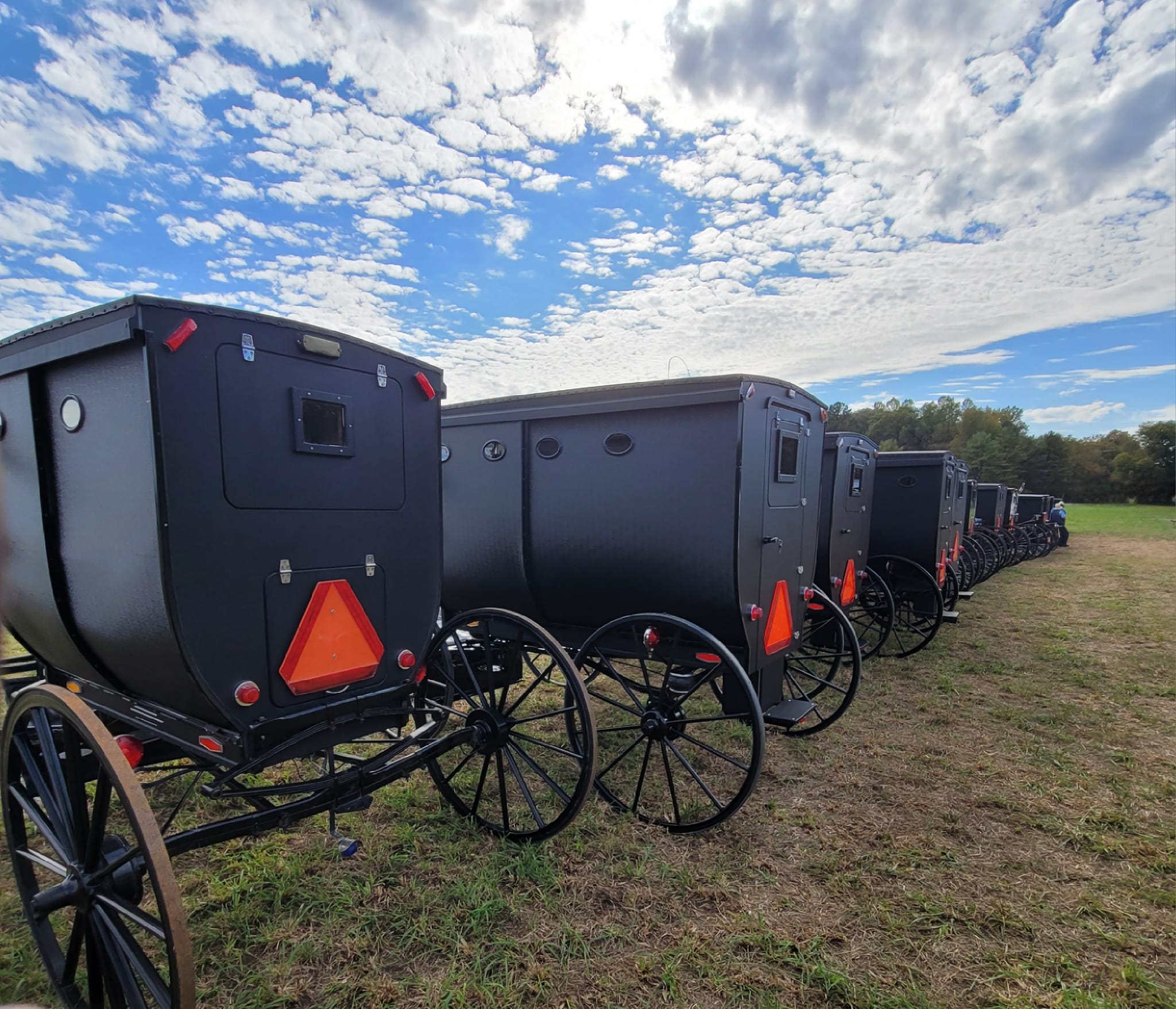
⛪ A Small State With A Large Amish Community
Delaware is known for being the second smallest state in the country, but their Amish population is larger than much larger states, like Virginia, Montana, and Maryland. The most recent statistics show that Delaware has 1,865 Amish residents.
The Amish are only found in one area of the state.
The community is known as the "Dover, Delaware" community, but it's really located in the pastoral countryside to the west of the city. But many Amish like the climate and proximity to the ocean that the Delaware settlement offers.
An article in the Global Anabaptist Mennonite Encyclopedia from 1990 had this to say about the community (and,honestly, I doubt a ton has changed in 27 years):
Later migrations to the Dover area (also known as Kent County) came from western Amish communities in Kansas, the Dakotas, and elsewhere. The Dover-Hartley community thus has many Amish who migrated west and then returned to the East Coast. Growth has been slow but steady. Many families moved away seeking "greener pastures" or affiliated with area Beachy Amish Mennonite and conservative Mennonite churches. Amish farms along the Hartley-Dover road are limited in growth opportunities because of industrial expansion. Farmers have grown primarily vegetables and produce for urban markets (truck farming). However, in the 1980s, this community moved into wheat and corn growing. Many heads of households, for economic reason, have established small shops or taken up furniture-making and repair businesses. The Dover settlement was the first Amish community to establish a formal parochial school (private Christian schools). Apple Grove School for grades one through eight was founded in 1925. By 1984 the community had grown to eight congregations with more than 1,300 people. -- Samuel L. Yoder
🏛️ Amish in the Capital
“Dover is the only capital where you can see buggies in the streets,” chuckled an Amish woman who once lived in the Dover settlement.
And there’s this very stark distinction about the Delaware Amish:
“People might not realize that the State of Delaware only allows the Amish to settle in three counties,” explains Dorothy Byler, an Amish woman who lives in the Dover settlement. Of course, Delaware only has three counties,” she continued, with deadpan punchline accuracy.
Ten Amish parochial schools are spread out among the ten different districts, so no scholar, as the Amish refer to their students, ever has to walk very far.The church districts are clustered west of the city of Dover in the countryside, where plenty of Amish home-based businesses, from greenhouses to bakeries to bulk food stores, dot the rural roads.
🚲 The Great Bike Tour
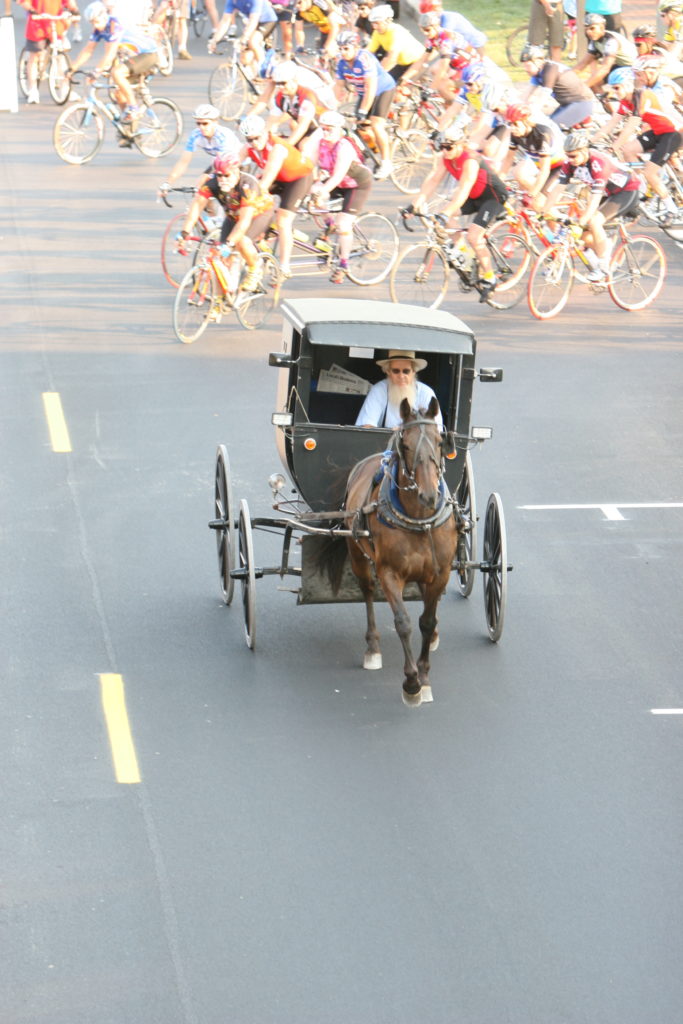
One of the highlights of this low-key community is an annual bike tour that attracts many out of state visitors to what is billed as the “Amish Country Bike Tour.” There are five different distances that participants can pedal: 15, 25, 50, 62, and 100 miles. This variety attracts anyone from the casual cyclists to the Tour de France wanna-bes. The event is a tour, not a race. Participants just come to bike and enjoy the scenery.The irony is that the Dover Amish communities – like many settlements elsewhere – don’t permit bikes.
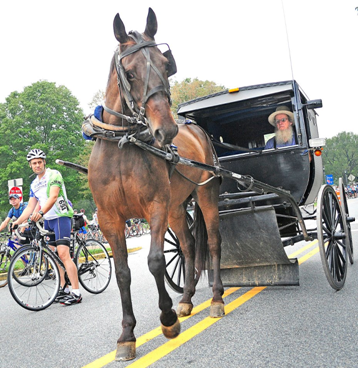
As Cindy Small, Dover resident and Executive Director of Kent County & Greater Dover, Delaware Convention and Visitors Bureau describes the terrain, “It’s flat, you could try to roll a quarter and it wouldn’t go anyplace.”
The bike tour’s name is more than just window-dressing; the Amish really do involve themselves in the festivities.
“The very first scene our cyclists see is an Amish a gentleman by the name of Ben Miller who brings his horse and buggy into town and leads the cyclists through the historic town of Dover all the way to city line, and he then pulls away and the cyclists are off. You look and it is a huge number of cyclists coming down the road with an Amish buggy in front of them.” Small notes. Some years up to 1,800 cyclists participate.
The first stop on the tour is at one of the Amish schoolhouses which is billed as a “pie stop.” Byler’s Bakery (not directly related to Dorothy Byler) bakes up to 200 blueberry, cherry, pumpkin, and apple pies for the cyclists. The rest of the routes then meander through the flat, picturesque Amish country.
Some Amish children excitedly anticipate the passing cyclists and they’ll sit on split-rail fences in their straw hats and suspenders waving to participants.And at the end of the tour: Amish ice cream.
“An Amish man makes homemade ice cream and comes to the headquarters, so when people get finished with the ride he is there with homemade ice cream for sale. A John Deere machine makes the ice-cream—never seen anything like it. He tows it into town behind the horse and buggy, gets the motor running, and somehow this contraption makes homemade ice cream,” Small says.
Another distinction of the Delaware Amish community is their proximity to the sea, that means a lot of Amish anglers coming back with fresh fish that finds its way onto supper tables. And if they don't catch it, they buy it, fresh shrimp is a favorite! You can find shrimp incorporated into recipes like this fresh shrimp salad.
🏪 Amish Businesses in Delaware
Detweiler's Organic Amish Greenhouse, 719 Nault Rd, Dover, Delaware.
Rose Valley Furniture Showroom, 462 Rose Valley School Rd, Dover, Delaware
Byler's Bakery and Bulk Foods, 1368-A Rose Valley School Rd, Dover, Delaware
Byler's is one of the most popular spots for people wanting to visit the Delaware Amish. Here is a Tripadvisor review of it:
You have to try the hand dipped ice cream, $1 for a single cone with a huge serving of hand made ice cream. eat your ice cream as you shop the store. great deli, collection of cheeses, bulk seasonings, candies, cooking ingredients, selection of frozen goods, jellies and jams, some fresh produce.
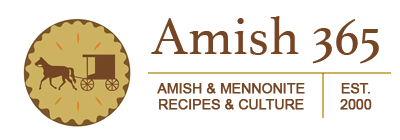
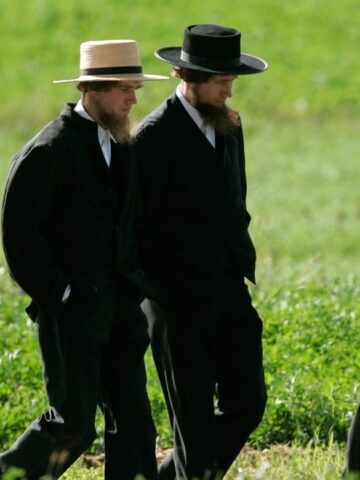
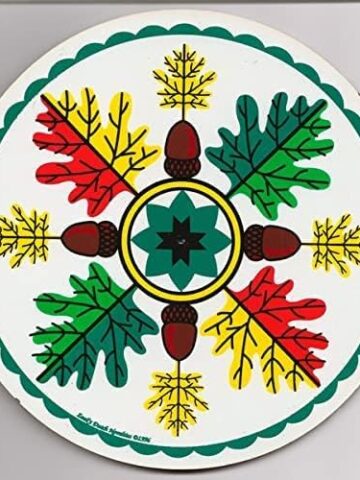

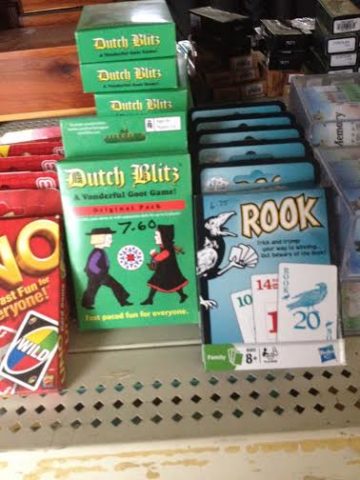
John Zent
Really enjoying the state roundups, Kevin--thanks. Last fall, west of Smyrna, Del., while heading back to my car after hunting, I heard hooves on blacktop, then waited as an elderly Amishman and a teenage boy passed by in an open buggy. In the back were a pair of compound bows and camo hunting clothes. FTR, we were a bit northwest of Dover, near Smyrna. Not the first time I've encountered Amish hunters, and like the rest, they appeared to be using up-to-date equipment.
Kevin Williams
Interesting, John, thanks for sharing that...hunting is a popular pastime among the Amish, a good way to cheaply feed a large family!